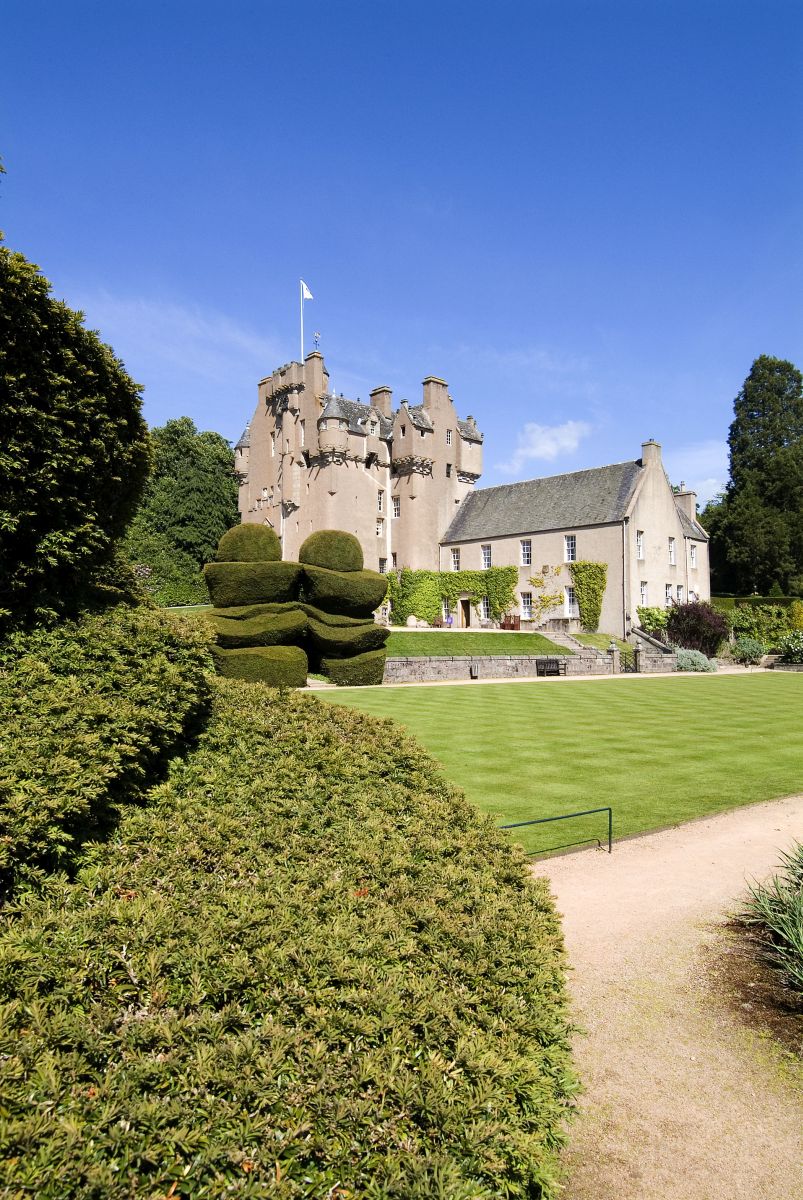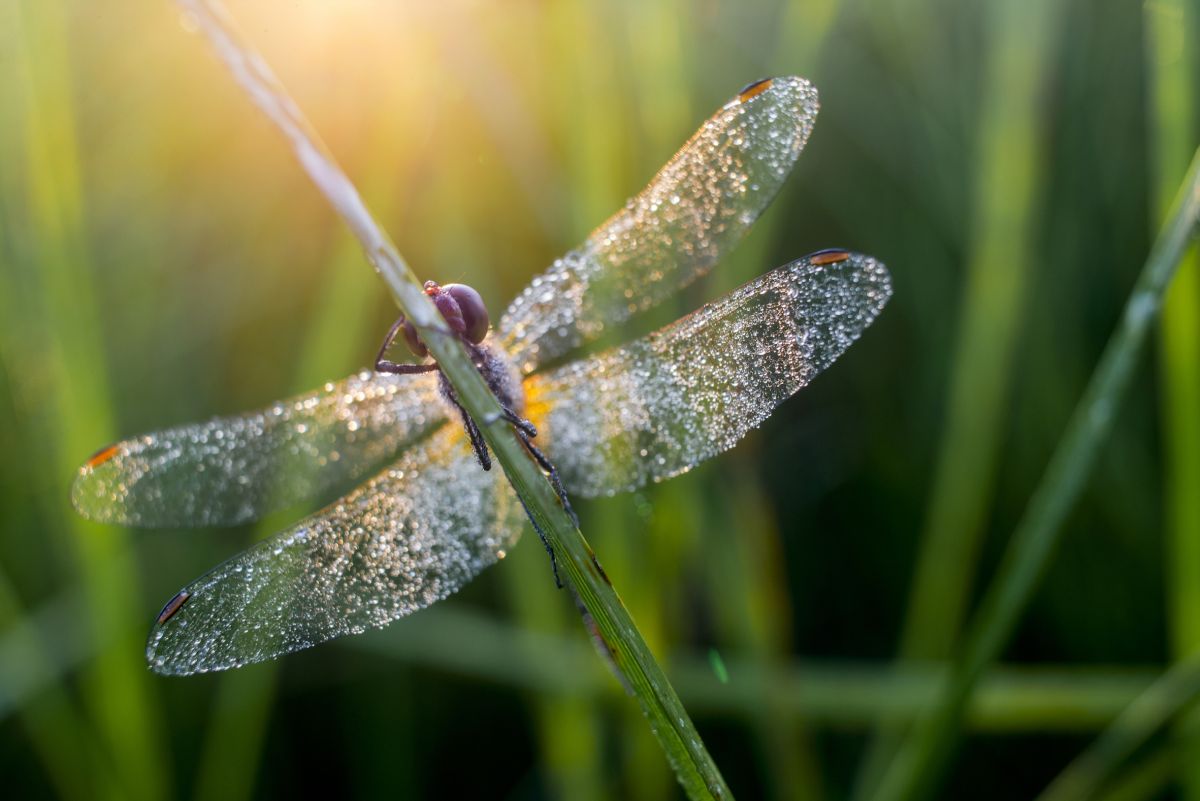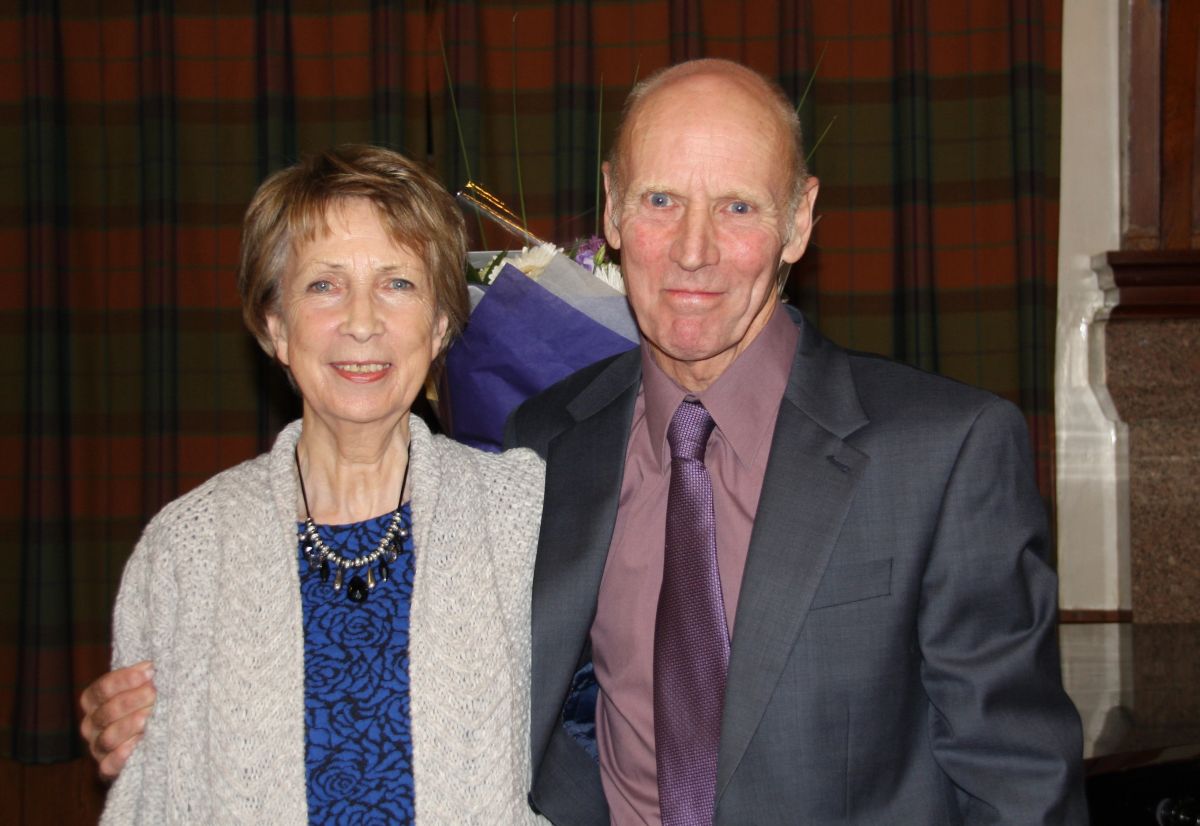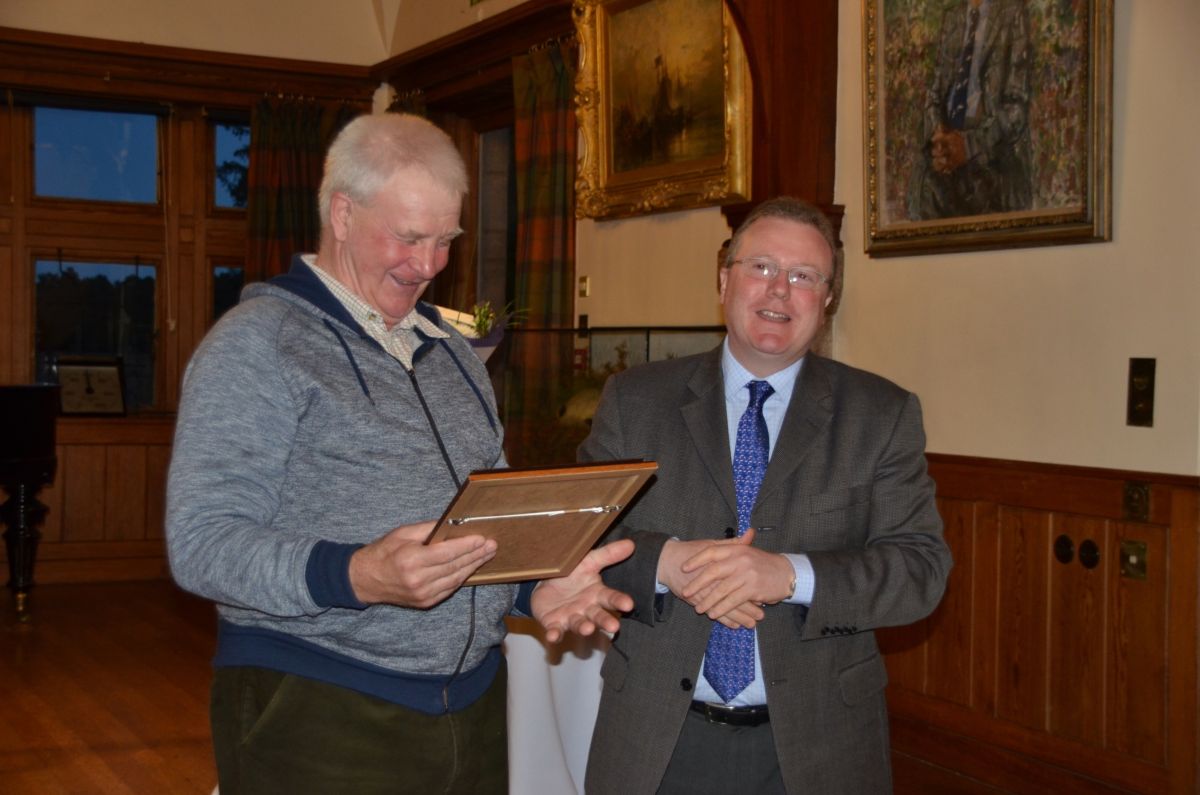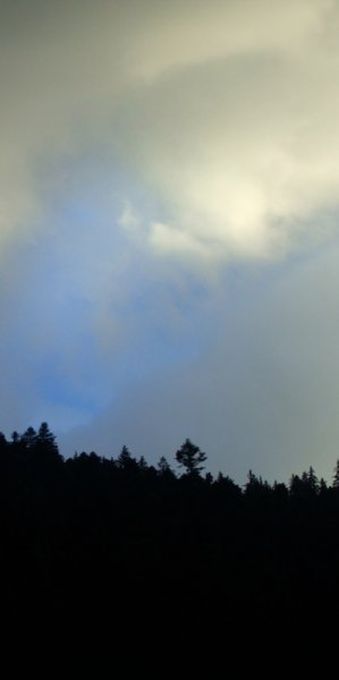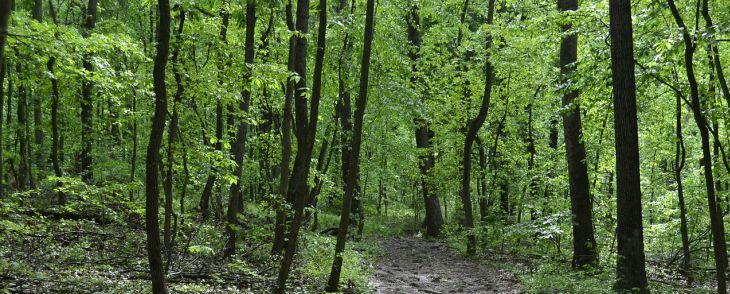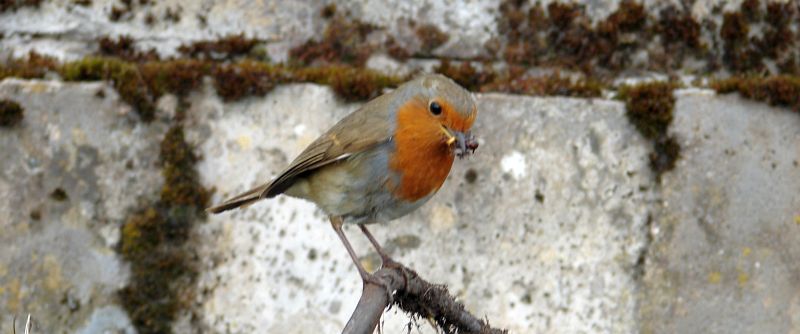There’s a Cree Native American prophecy fit’s worth readin:-
“Only after the last tree has been cut down
Only after the last river has been poisoned
Only after the last fish has been caught
Only then will you find that money cannot be eaten”
Voice’s Bob Smith scribbles doon ees thochts aboot the naitural warld an oor misuse o’t.
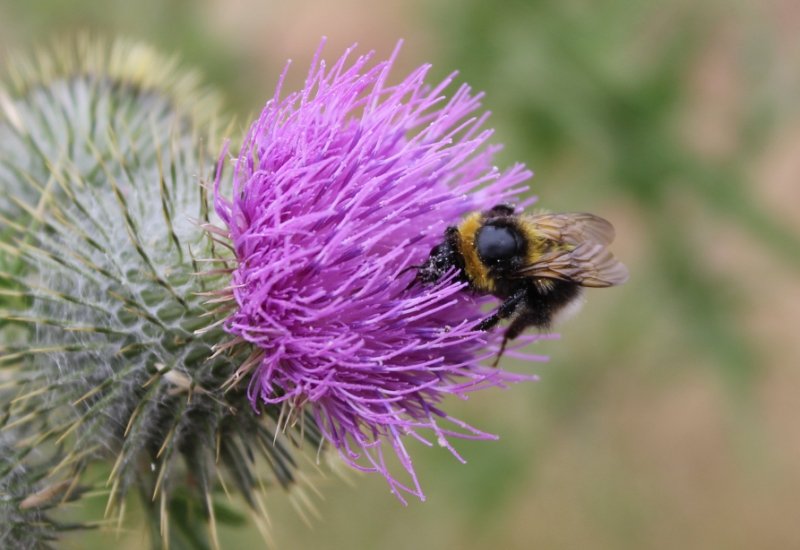 Foo lang afore ess prophecy becomes a reality?
Foo lang afore ess prophecy becomes a reality?
Weel the wye we’re gobblin up the Earth’s resources, maybe seener than ye bliddy think.
The fowk fa war native tae America lang afore the supposed civilised warld visited their shores kent fine foo tae live alangside naitur.
They kent they war pairt o the naitural warld an aat the Earth wid gie them fit they needit tae keep them gyaan. Great buffalo herds fit supplied them wi meat, an hides tae bigg their tepees wi, shrubs fit kept them nourished wi berries.
Trees gied them aa the poles tae bigg their tepees aroon an bark tae mak their canoes oot o, an the rivers supplied them wi fresh drinkin watter as weel as fish tae aet. Bit they war savvy aneuch tae ken nae tae use ower muckle o the naitural resources o the Earth itherwise it wid seen rin oot.
Faist forrit a fyow hunner eer an fit did we see? Hardly ony buffalo cos the likes o Buffalo Bill Cody hunted them nearly oot o existence tae supply fresh meat, fer the army an fer the workers faa war biggin the railroads across America.
Rivers war pollutit bi industrial waste an shite fae the big toons biggit tae hoose a the buggers faa rushed tae America in the great hope o makkin their fortunes.
Syne on the scene cam a mannie fae Scotland, John Muir, sadly better kent in America than he is in his hameland.
John Muir emigrated fae Dunbar tae the USA in the 19th ceentury, wunner’t aroon America an throwe his screivins wis kent as een o the early advocates o the preservation o the naitural warld an the wilderness in America. If ye wint tae ken ony mair aboot John Muir then ging on tae www.johnmuirtrust.org.uk
Bit lit us hae a leuk at fit his happen’t tae the naitural warld in war ain kwintra.
A lot o fowk seem tae think aat the naitural warld belangs tae them an they can dee fit they bliddy weel like wi it. They seem tae hae fergottin aat they are jist pairt o the great scheme o thingies in the naitural warld.
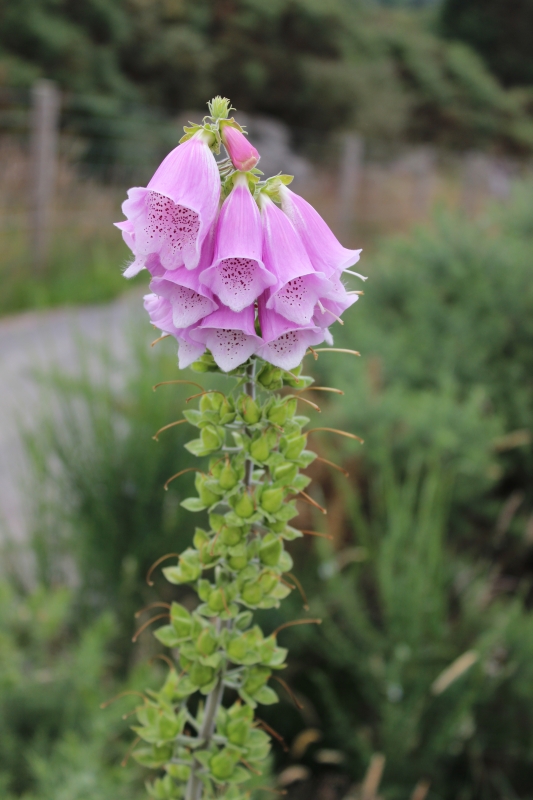 Noo fairmers hiv aye thocht o thersels as custodians o the kwintraside bit even some o them hiv bin suck’t in tae the belief aat the earth owes them a livin an hiv begun tae treat the grun in a nae verra gweed wye.
Noo fairmers hiv aye thocht o thersels as custodians o the kwintraside bit even some o them hiv bin suck’t in tae the belief aat the earth owes them a livin an hiv begun tae treat the grun in a nae verra gweed wye.
Tae git mair oot o the lan they hiv in placies ruggit doon dykes an hedges, fit are the equivalent o “motorwyes” tae the wee beasties an birdies faa wint tae gyaang fae ae placie tull anither in relative safety. Ess maks bigger parks tae accommodate the muckle modern machinery needed nooadays tae help satisfy the insatiable appetites o supermairket shoppers.
The auld wye o fairmin his gin oot the winda. Foo muckle fairmers div ye see usin the rotation method o fairmin? Crap rotation involves chyngin the type o crap ye grow in a park on a regular basis. Ess benefits the grun itsel bi stoppin nutrient depleeshun an there is less risk o pests an diseases attackin the craps.
Nooadays cos the grun can git a bittie soor kine they hiv ti pit on mair fertilisers fit o coorse can leech intae the ditches, burns an syne intae rivers causin the thingies fit bide in the rivers an alang their bunks a bittie o a problem.
We canna o coorse pit aa the blame on the fairmers as they hiv tae mak a livin an as a hintit afore, their hans are tied bi supermairket customer needs. So if wi wint tae help the naitural warld wi micht hae tae chynge oor shoppin habits.
Fer a stairt we cwid stop expectin tae aye bi able tae buy things oot o season an if we bocht mair fae fairm shops an fairmers mairkets we micht git back tae a mair sustainable wye o managin the lan.
Noo hiv ye ivver thocht foo muckle gweed agricultural lan is gobbled up bi hoosin an industrial developmints in ess kwintra o Scotland?
It’s a fair amunt. As lang as the warld’s population keeps gyaan up then the situation winna chynge as fowk need hooses tae bide in. Bit o coorse wi cwid help thingies a bit bi biggin hames on broonfield sites instead o aye biggin industrial units on them or wi cwid jist nae hae sae mony geets.
The naitural warld in Scotland is a great attraction fer tourists an as tourism, we are aye telt. If it is o great economic benefit tae the kwintra, fit the hell wye div wi keep biggin windfairms in placies o scenic beauty?
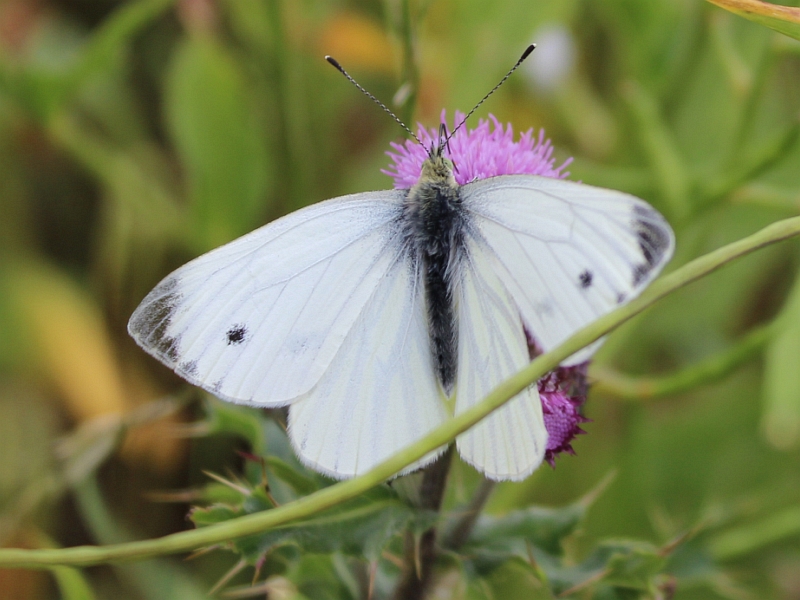 There are as weel great scars on the hillsides tae accommodate sheeters fa are ower bliddy lazy ti wakk tae faar they blast the hand reared grouse an pheasants oot the skies aa in the name o sport.
There are as weel great scars on the hillsides tae accommodate sheeters fa are ower bliddy lazy ti wakk tae faar they blast the hand reared grouse an pheasants oot the skies aa in the name o sport.
They shudna hae ti waak faar as the bliddy birds are sae tame they cum the wye o fowk sheetin thinkin it’s feedin time.
Noo a’m aboot tae invade the realm o a touchy subject in the north–east corner.
The subject o fishin an whither or no stocks o fish are bein depleted cos o ower muckle fishin. A’m nae scientist nor a fishin boat skipper, bit fae the ootside lookin in it seems tae me we humans hiv tae tak some responsibility if stocks o fish are gyaan doon.
Efter aa technology maks it easier noodays fer skippers ti pinpoint shoals o fish faar mair easily than they did eers ago so it staans ti reason aat stocks micht be in greater danger o bein fish’t oot cos o ess.
Noo a dinna wint ti bi flippant aboot the dangerous job on affa treacherous seas the chiels on trawlers hiv ti dee, bit it dis seem nooadays that technology his made the job o findin the fish a helluva lot easier. An the easier the fish are catcht the mair chunce there is o the seas bein scarce o fish.
A myn o readin a beuk bi a mannie fae the East Neuk o Fife fa’s fisherman granfadder said awa back in the 1950’s aat if the wyes o fishin advanced ony farrer it cwid bi the death o the industry. So if ess fishermannie is richt the naitural world micht eventually becum devoid o anither een o its resources.
A hiv cum tae the conclushun aat unless we chynge oor wyes as regards foo we treat the naitural warld an its resources oor affspring’s affspring wull be inhabitin a warld far removed fae aat o oor forefaithers an they micht jist curse us fer bein sae greedy an neglectfu’.
A’ll leave the last wird tae a Native American tribal leader, Chief Seattle, fa said awa back in 1854:-
“Humankind has not woven the web of life
We are but one thread within it
Whatever we do to the web, we do to ourselves
All things are bound together
All things connect”
- Comments enabled – see comments box below. Note, all comments will be moderated.
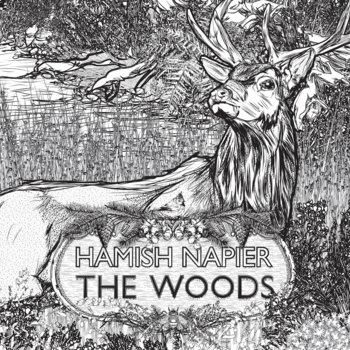 In this, the third part of his Strathspey Pentalogy musical journey, composer Hamish Napier celebrates the ancient forests of the Scottish Highlands.
In this, the third part of his Strathspey Pentalogy musical journey, composer Hamish Napier celebrates the ancient forests of the Scottish Highlands.